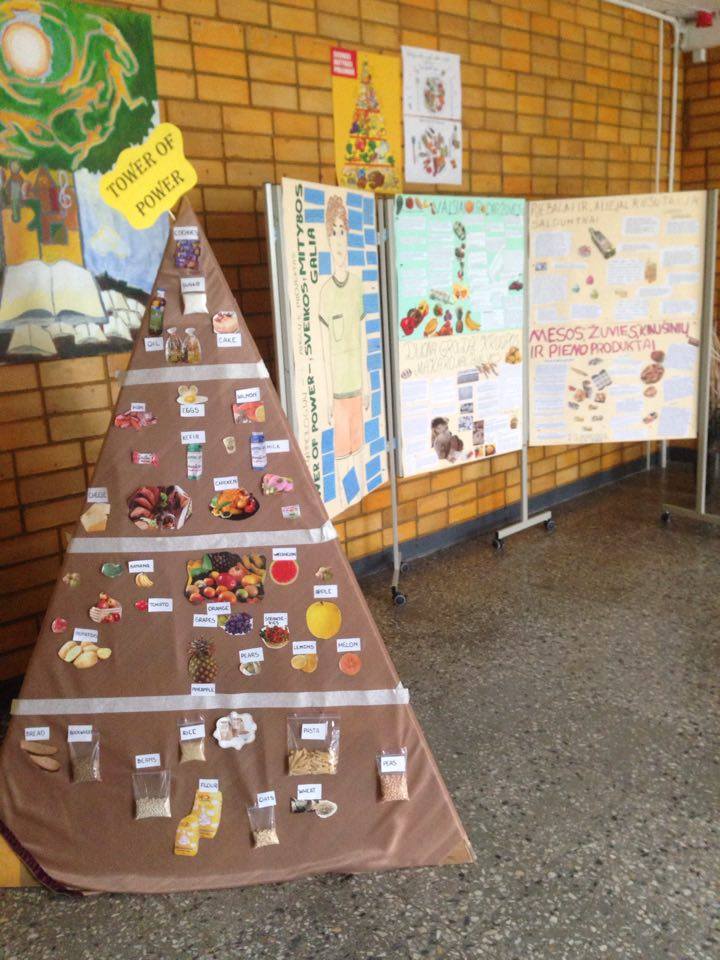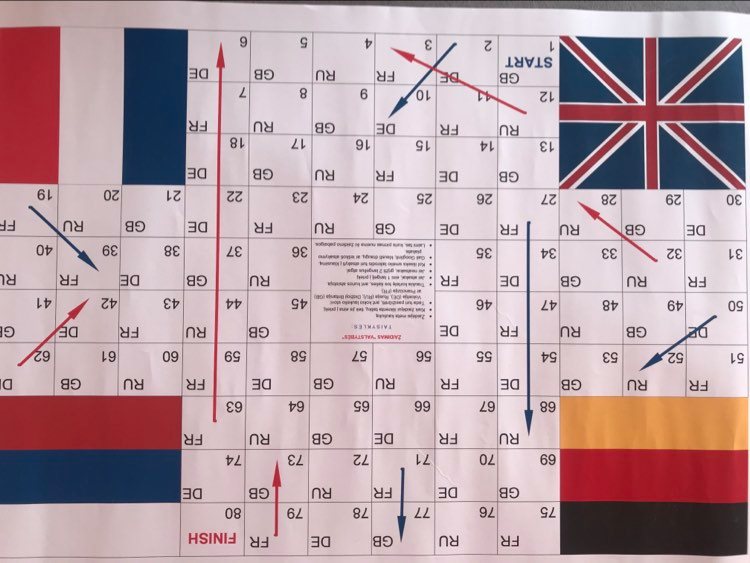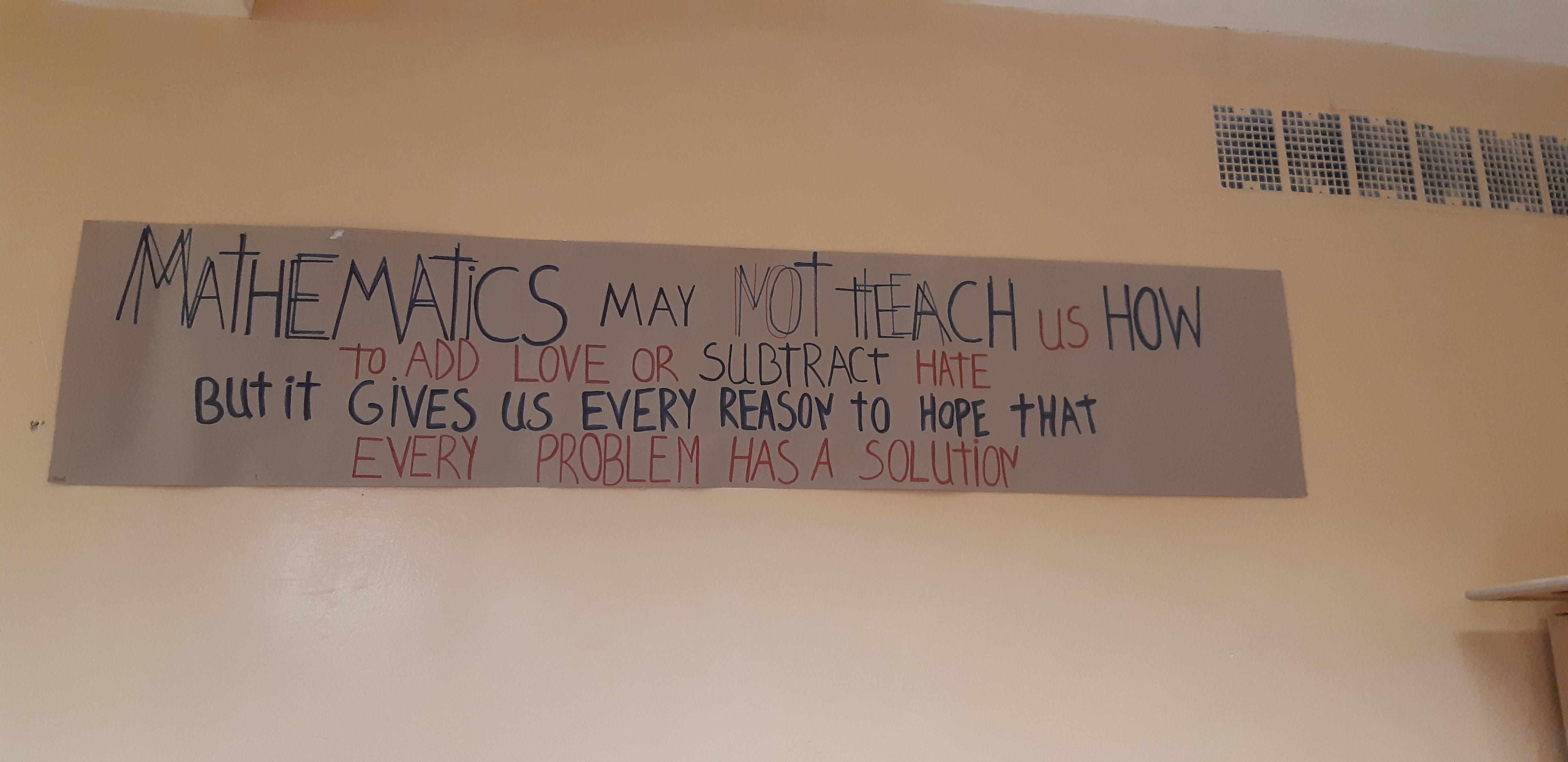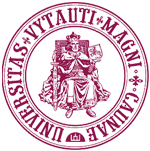In 2018 some channels of informal communication from the Lithuanian Ministry of Education, Science and Sports suggested that plurilingualism will never be a priority in Lithuanian general education. Thus, it came as no surprise to the Lithuanian Listiac team to see how little linguistically sensitive teaching has been known, considered or discussed by any of the parties in education, from teachers to policy makers, let alone attempted to be implemented in practice. In contrast, the reality of the past few years has proved the growing need of LST in facing the emerging changes in linguistic diversity in the Lithuanian schools.
The immediate recipients of the LST challenges on a daily basis are the current students and teachers working in increasingly multilingual classes. In this blog post we take a closer look into the teachers’ difficult quest for the keys to successful LST integration in their classes, much like building their own tower of power – a task that is both demanding and rewarding. We share three examples of how to help students from various linguistic backgrounds to better integrate in the school community, how to raise students’ pluricultural awareness and how a school teacher from a non-mainstream linguistic background finds her way into teaching at a Lithuanian school.
Case #1: The Tower of Power
The label “The Tower of Power” was brought up by a teacher of Nutrition in a discussion of a group of general education teachers attending an in-service English course. This particular seminar of the course was devoted to sharing and discussing examples of LST implementation in their schools in search of good practice examples.
The Tower of Power is a pyramid constructed by students in one of the general education schools of Kaunas (Picture 1). The students covered the pyramid with cloth, collected samples of grain in small sachets and attached them to the right place on the pyramid and, finally, affixed the English word labels to name the food. The aim of the project was to develop students’ good nutrition habits and, at the same time, to enrich their personal repertoires of English in this area.

Possible Implementation of LST in the Tower of Power
Having listened to the teacher’s presentation of the pyramid, a discussion started on how much this project had to do with LST. Working in increasingly multilingual schools, the group came to the conclusion that in a school rich in the diversity of students’ home languages , it would be highly valuable to encourage the students whose first language is not Lithuanian to add the labels with the relevant food names in their languages on “The Tower of Power” too. The Lithuanian words should also be appended.
Such improvement of the pyramid would:
• raise plurilingual and pluricultural awareness of the Lithuanian students with regard to the linguistic diversity that their classmates bring into the school community;
• arouse their curiosity to learn more about the languages, cultures or countries of their classmates;
• increase the self-esteem and the feeling of special importance of the students from other linguistic backgrounds, making their languages more visible in the schools, which is still quite a novel and unfamiliar situation in most Lithuanian schools.
Most importantly, such linguistic improvement would not hinder, but rather support the primary goal of the project, namely, to develop students’ healthy nutrition habits.
Case #2: Boardgame
During the same seminar, Picture 2 was presented as an illustration of a student-created initiative to gain knowledge and develop better understanding of the countries of which the languages are traditionally learned as L2 (English) and L3 (French, German and Russian) in Lithuanian schools.

The picture demonstrates a boardgame where the participants use a dice to find out which country their question will be on. Answering the question gives them the right to proceed. The questions are in English or Lithuanian; all students have a relatively high competence of English, but their L3 choices are divided and the subsequent competences are limited.
Possible Implementation of LST in the boardgame
In the group discussion, the boardgame was acclaimed as a tool to advance students’ English and to foster the development of their intercultural awareness. To endorse a more plurilingual approach, the boardgame could easily be modified to include home languages and cultures of class- or schoolmates, much like in Case #1 in this blog post.
Case #3: Wordplay
The third picture shared by a Maths teacher (Picture 3) illustrates LST from a different perspective. At first glance, the picture does not appear to demonstrate a plurilingual approach at all. However, one’s plurilingual repertoire does not only include several languages or tongues but different genres or varieties of the same tongue such as academic, subject-specific and general language.

The message captured in this sentence is built on an interplay between the subject-specific meanings of the mathematical operations ‘add’, ‘subtract’ and ‘solution’ and the general use of these words. This way, the students may experience the specific discourse of mathematics less alien and frightening, as they know the words from the everyday language.
In conclusion, the implementation of linguistically sensitive teaching may be compared to climbing a tower. There are different steps that may be undertaken, and sometimes the quest may be really tiring and challenging. However, the real power lies in being diverse and cooperative. Let’s enjoy our journey up the tower of power!

Written by Assoc prof. Vilma Bijeikienė
Vytautas Magnus University, Lithuania


